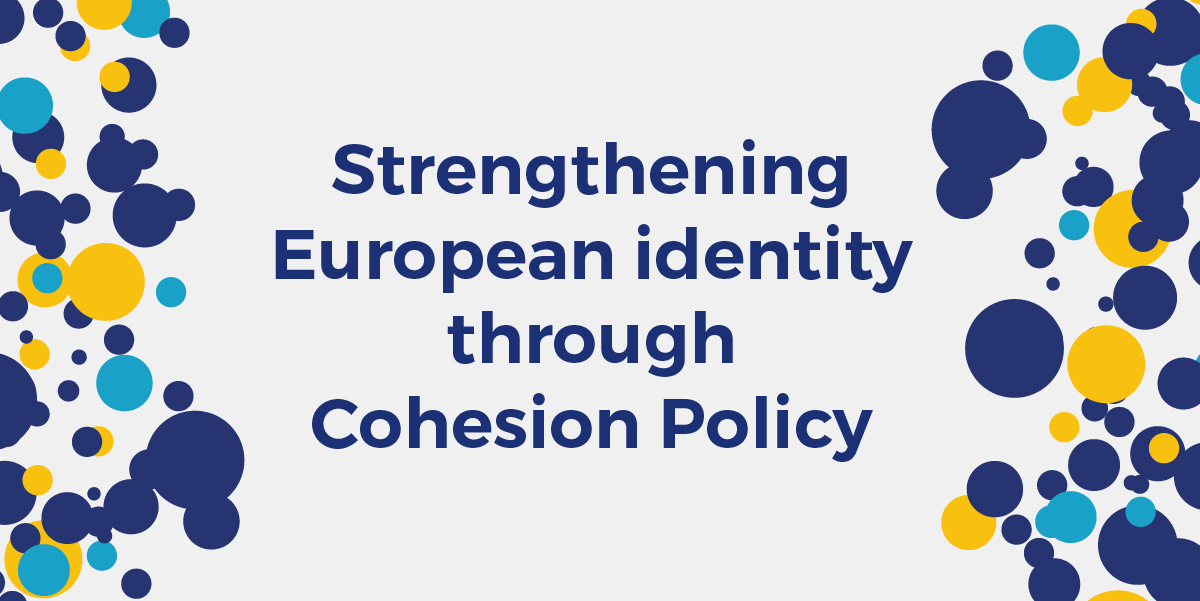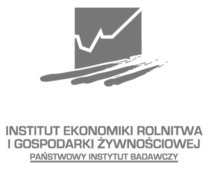PERCEIVE Work Package 2
Evaluation of EU citizens’ perception of the EU project in relation to regional performance of the Cohesion Policy and institutional quality
Do different economic and political situations influence Cohesion Policy’s impact?
Does the quality of government influence the perception of
Cohesion Policy?
For example if you feel that your government is not accountable… how does this affect the implementation of
Cohesion Policy by local politicians?
Objectives:
- Provide the methodological framework and quantitative background to allow the understanding of the complex, non-linear and space dependent relation between the EU Cohesion Policy performance and citizens’ perception of it, accounting for the influential role of institutional quality and heterogeneity of EU integration paths and experiences in different EU regions.
- Provide a quantitative representation (in terms of variables and indexes) of the key concepts at the backbone of the project objectives and rationale based on (i) secondary data provided by EU institutes and institutions, and (ii) primary data provided by the survey in WP1 and aimed at complementing the secondary data.
- Analyse the quantitative relation/functional form behind the identified multidimensional determinants (socio economic- cultural-geographical-political) of EU citizens’ identity, and map case studies selected at the regional level according to the class of identity value they belong to (calculating the probability of each case study region to belong to a class). This issue being currently under-investigated is fundamental to understand (i) the mechanism behind the EU citizen’s legitimacy of the EU Cohesion Policy and (ii) the role and characteristics of EU regions heterogeneity in shaping citizens’ perception and policy-makers action.
- Use alternative quantitative methodologies, both parametric and non-parametric, to analyse the evolution of citizens’ identification with the EU project in different territories, and the co-evolution with key socio-economic magnitudes such as income per capita, unemployment, and EU funds allocated in each territory..
Milestones:
- M5: Database development, month 12;
- M6: Classification model, month 22;
- M7: Research paper on convergence model, month 22.
WP2 Deliverables
D 2.1 · WP2
September, 2017
Report including the database development and implementation and how it supports all the ...
file_downloadD 2.2 · WP2
December, 2017
Mapping the determinants of EU citizen’s perception and identification
file_downloadD 2.3 · WP2
February, 2018
Report on the construction of the CIEI* indicator. Qualitative report with main findings ...
file_downloadD 2.4 · WP2
June, 2018
Report on the probabilistic model of estimation of citizens’ identification with the EU ...
file_downloadD 2.5 · WP2
December, 2018
Report on the results of the convergence analysis of EU citizens' identification with the ...
file_downloadD 2.6 · WP2
April, 2019
Report on the influence of perceptions of corruption and governance on EU citizen's ...
file_downloadWP2 Updates
Wokshop with LMAs in Merida, Spain
by University of Barcelona | 28/09/2018
Wokshop with LMAs in Eisenstadt, Austria
by Vienna University of Economics and Business | 27/09/2018
Wokshop with LMAs in Wrocław, Poland
by Institute of Agricultural and Food Economics – National Research Institute | 24/09/2018
Wokshop with LMAs in Bucarest, Romania
by Romanian Academy – Institute of Agricultural Economics | 13/09/2018
Wokshop with LMAs in London, United Kingdom
by University of Portsmouth | 03/09/2018
Last WP2 journal article
“Strengthening European identity through Cohesion Policy”: the PERCEIVE Conference in Bucharest
16/10/2018 | Romanian Academy – Institute of Agricultural Economics | Events | WP2, WP1, WP4

We have started our last year of the project: what are the findings so far? What our first recommendations? PERCEIVE researchers will hold a Conference in Bucharest on the 25th and 26th of October to present their research results to policymakers, practitioners and stakeholders of the case-study regions.











